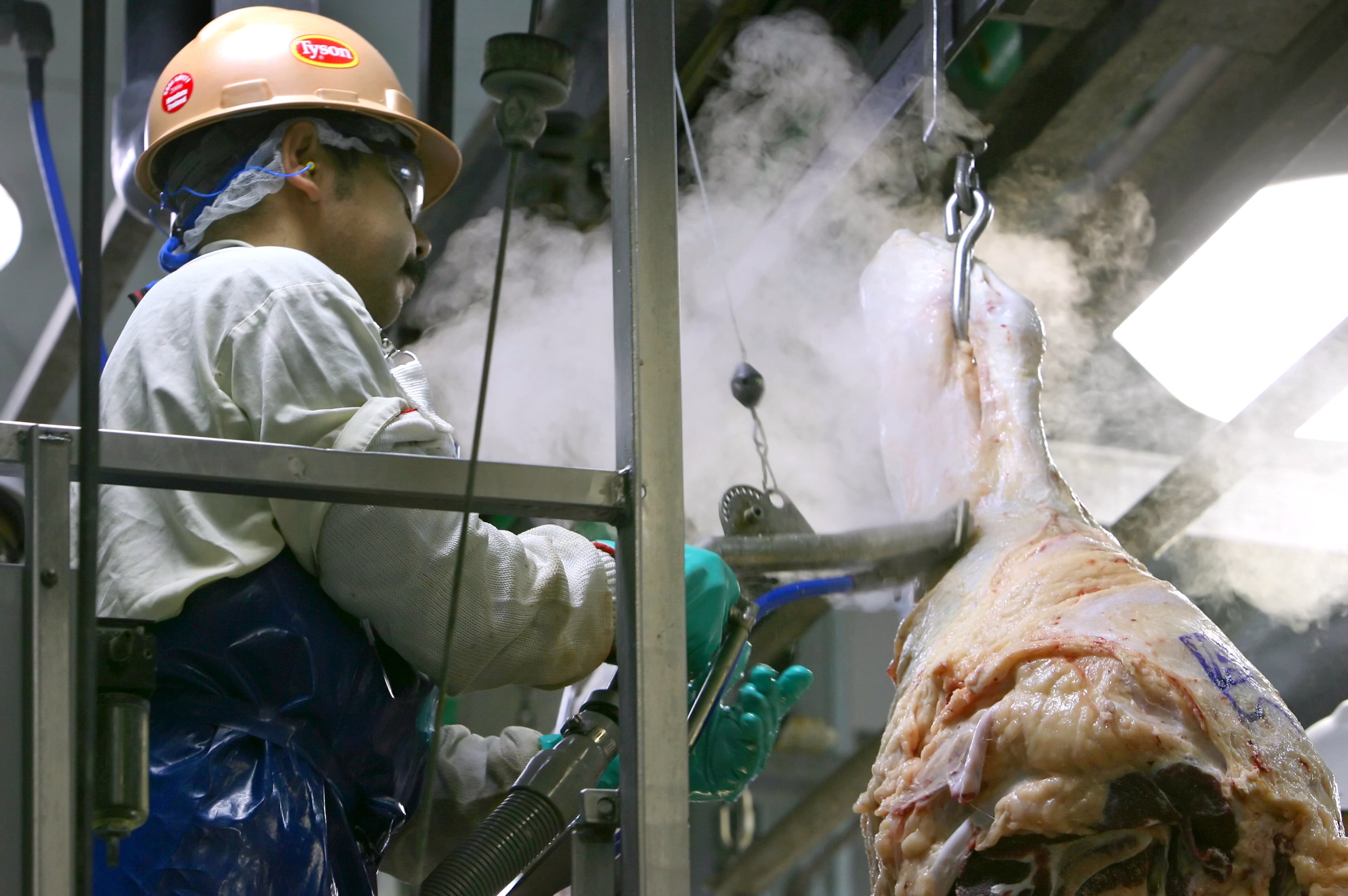Georgia firm makes $2B bet AI and automation can transform farming
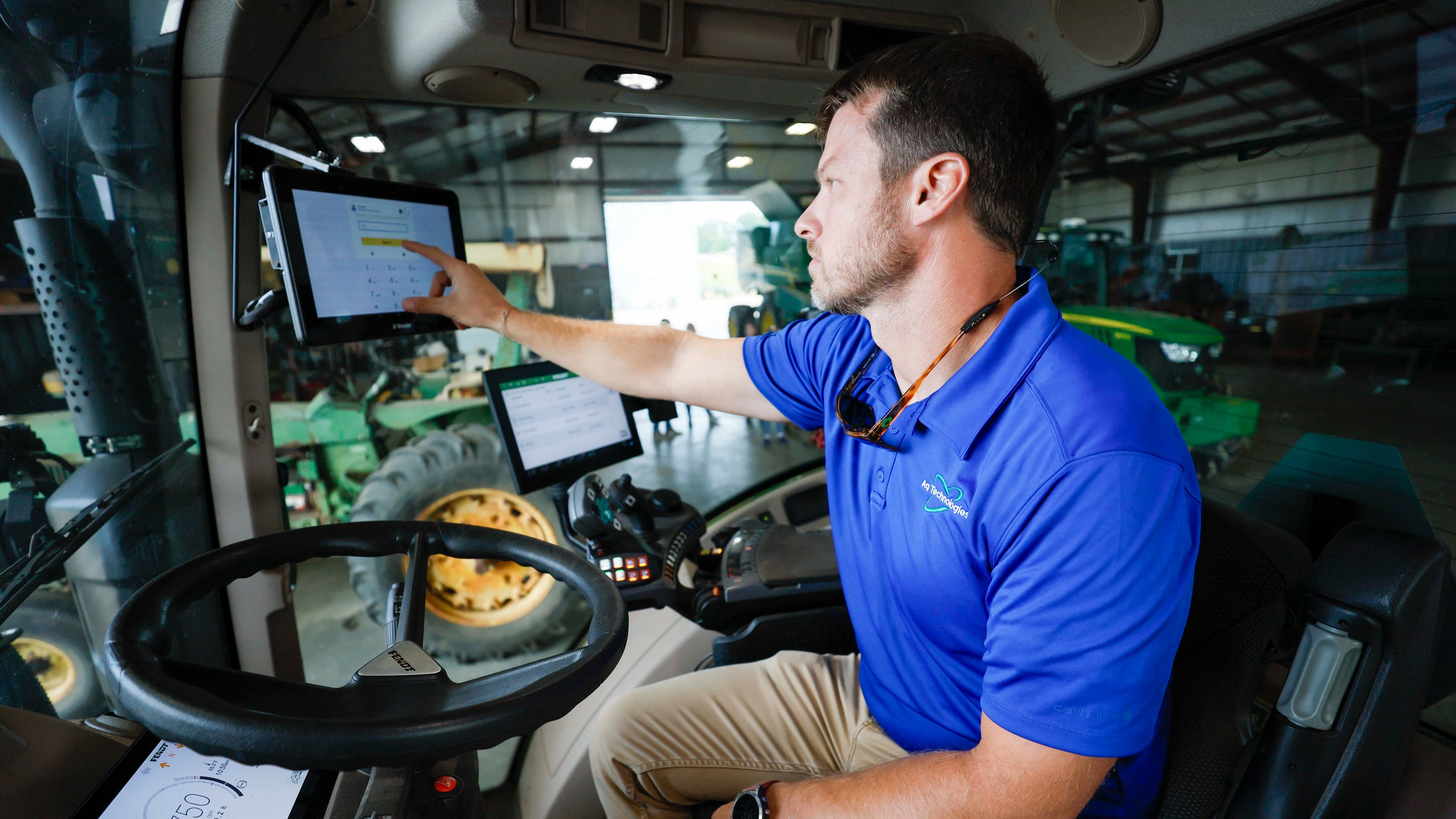
WATKINSVILLE — Farming is a game of inches where minuscule changes separate winners from losers.
Planting seeds slightly too close together will turn two neighboring crops into lifelong competitors fighting for the same sunlight. Expensive fertilizer needs to find the roots of healthy crops, not parasitic weeds. Misjudging when to harvest can waste an entire growing season.
While techniques have evolved over millennia, guesswork is always part of the formula when trying to tame Mother Nature. But that is starting to change because of rapid advances in farming technology, an effort being led by one of Georgia’s largest companies.
“Farming practices don’t change a lot,” said Eric Hansotia, president and CEO of Fortune 500 agriculture giant AGCO. “If you look at a machine (like a tractor) from the outside, it doesn’t look that radically different from several years ago. But the big thing that’s changing is the technology.”
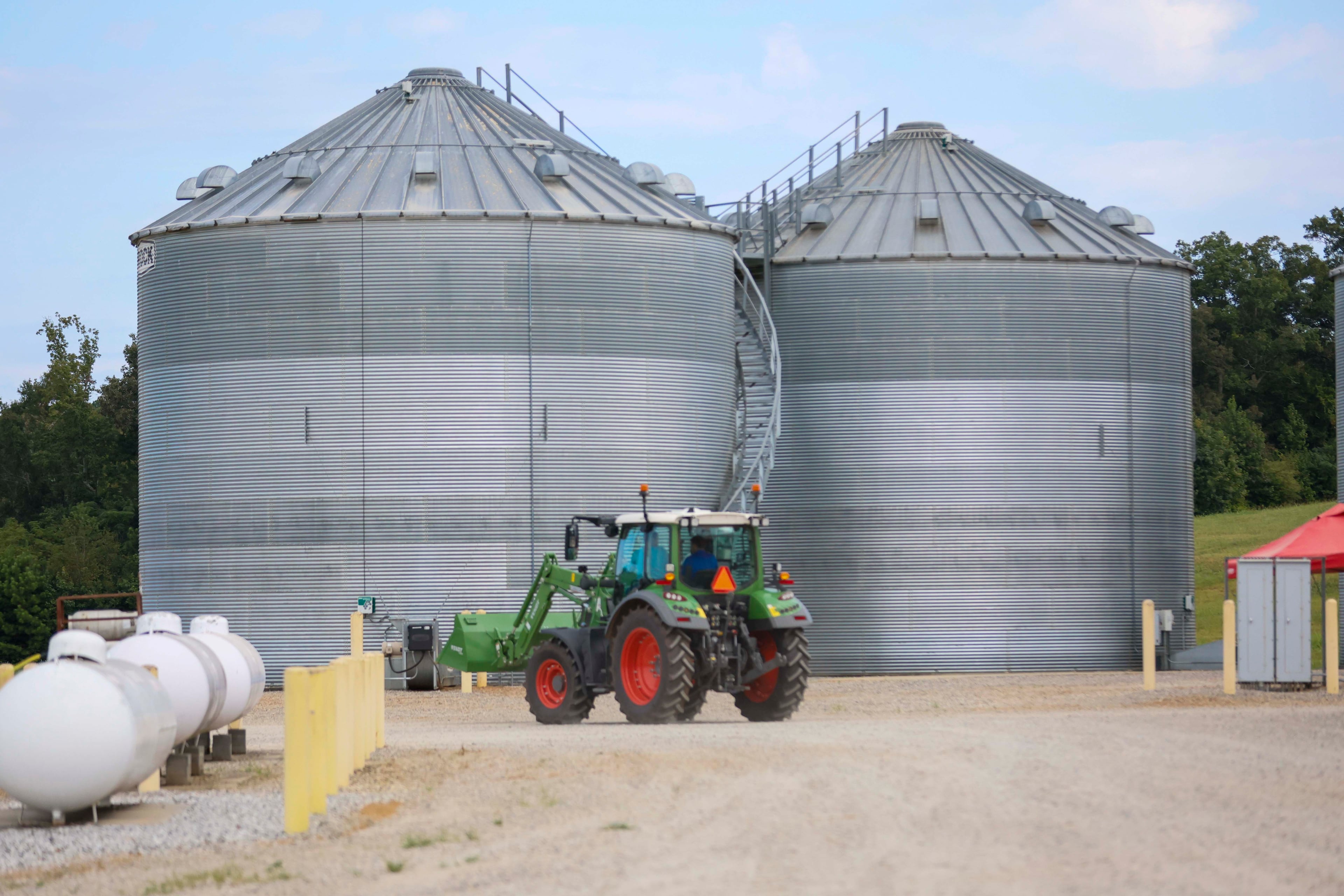
Farm equipment makers like AGCO and technology companies are pouring billions into automation and artificial intelligence to improve the efficiency of farms and minimize their environmental impact. Boosting crop yields feeds more people per planted acre and helps defend against the effects of climate change.
Georgia’s top industry is agriculture, which state officials say supports almost 400,000 jobs through the farming of products such as cotton, peanuts, peaches, pecans and soybeans.
Last year, Duluth-based AGCO invested billions of dollars into PTx, a precision agriculture portfolio it expects to grow to $2 billion in revenue by 2029.
PTx has two brands: Precision Planting with planting, spraying and harvest retrofit technology and PTx Trimble with steering, water management and autonomy solutions.
PTx is unique in that its technology can retrofit any brand of tractor or other equipment into a smart farming machine.
“We give farmers choices that they’ve never had available to them before,” said Andrew Sunderman, general manager of PTx Trimble. “We give farmers a choice of what technology do they use to fit their needs.”
The innovations, and threats such as climate change, come amid headwinds for the agricultural industry.
Costs for inputs such as seed and fertilizer are rising, while the price of the resulting crops has been stagnant. Trade wars have roiled global commodity markets and shifted where American farmers can sell their crops. Farm labor is difficult to find, and climate change is affecting growing seasons and bringing more extreme weather — from droughts to hurricanes.
Technology isn’t a bandage that can fix all those ailments, Hansotia said, but it does unlock new options for farmers.
Rather than spending hundreds of thousands of dollars on new tractors, retrofitting older machines with cutting-edge tech can modernize them for a fraction of the cost, he said. And the efficiencies those technologies offer promise to make farmers more flexible and resilient.
“The next decade will be the most innovative decade in the history of agriculture,” Hansotia said. “We believe that farmers are thirsty for technology that solves tough problems for them, and we want to be a leader in that.”
‘No more, no less’
In Watkinsville, a 660-acre canvas of corn and soybeans fields presents a proving ground for PTx technologies.
The University of Georgia uses the rolling and uneven fields, about 10 miles south of its main campus in Athens, as a research farm. It features decades-old machines alongside high-end tractors, all outfitted with new tech designed to unearth the secrets to efficient farming.
Eric Elsner, superintendent of UGA’s J. Phil Campbell Sr. Research and Education Center, said farmers for generations have had to grapple with countless variables.
“For my grandfather’s whole life, for my father’s whole life and for 85% of my life, a farmer could see that high spot never gets quite as good of a crop… but he can’t do anything about it," Elsner said. “You either put seed out there or you don’t. You either put fertilizer out there or you don’t. The choice was binary.”
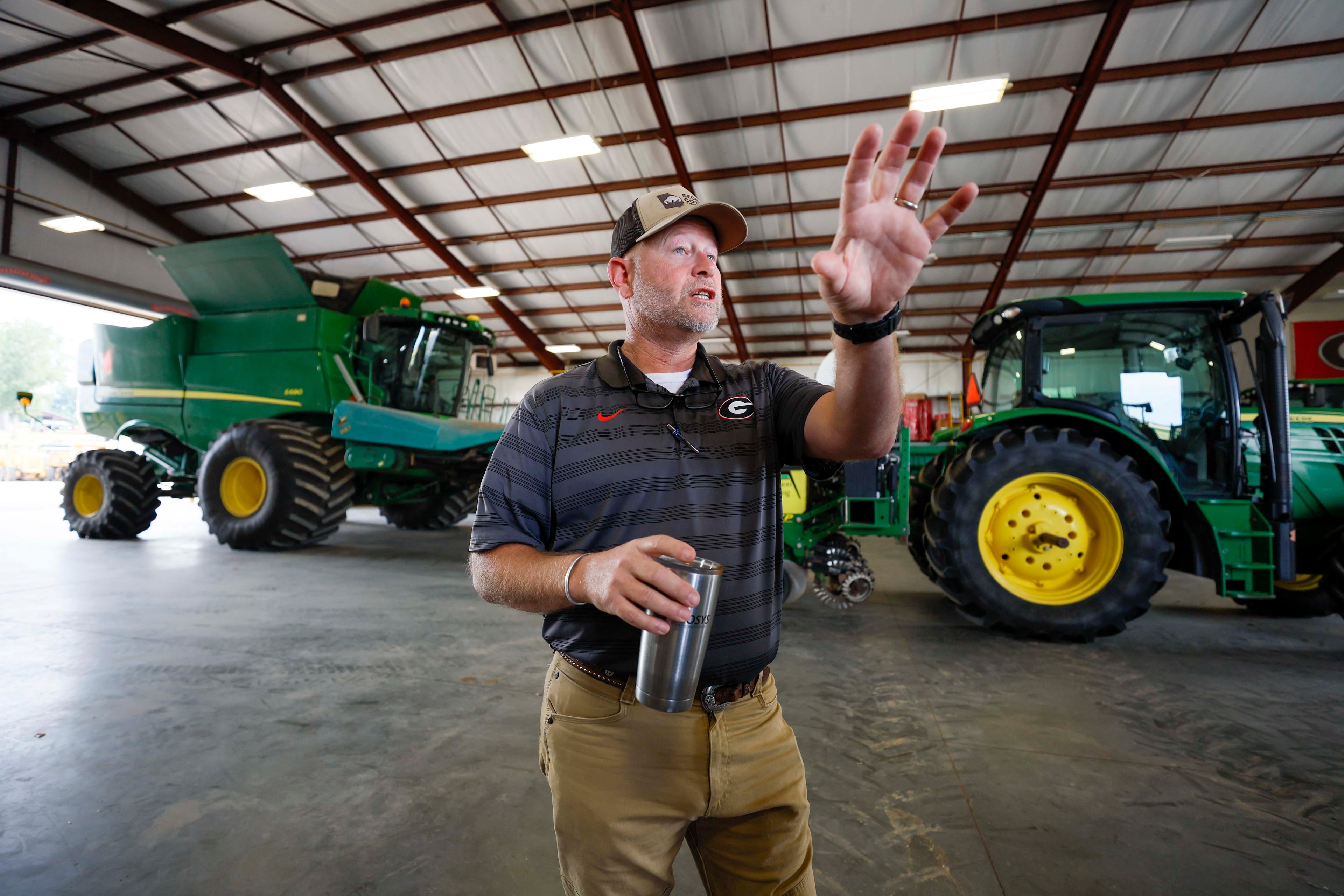
But efficiencies often operate like a sliding scale, not a black-or-white decision.
A PTx software called FarmEngage can be installed across equipment fleets to evaluate uneven expanses of dirt for hidden patterns. Some areas may need 70% as much fertilizer as another, while a different plot could use 10% more seeds during planting for the best results.
“We have the ability now to give the crop exactly what it needs — no more, no less,” Elsner said.
When it comes to fertilizer, using as little as possible is the goal.
Fertilizer represents approximately 15% of a farm’s inputs, according to the American Farm Bureau Federation. Prices surged to record highs in 2022 amid post-pandemic trade restrictions and inflation. Fertilizer prices have dropped since, but it remains about 37% more expensive than in 2019, according to U.S. Bureau of Labor Statistics data. Overuse or inaccurate fertilizer spreading also comes with environmental risks.
Overspraying chemicals and other fertilizers is basically “paying money to put nutrients in the river,” Elsner said.
Travis Kelley, executive vice president of technology at Cordele-based farm equipment supplier Ag Technologies, said modern sprayers can adjust fertilizer applications in real time. Cameras can differentiate crops from weeds and adjust where fertilizer is sprayed with pinpoint accuracy.
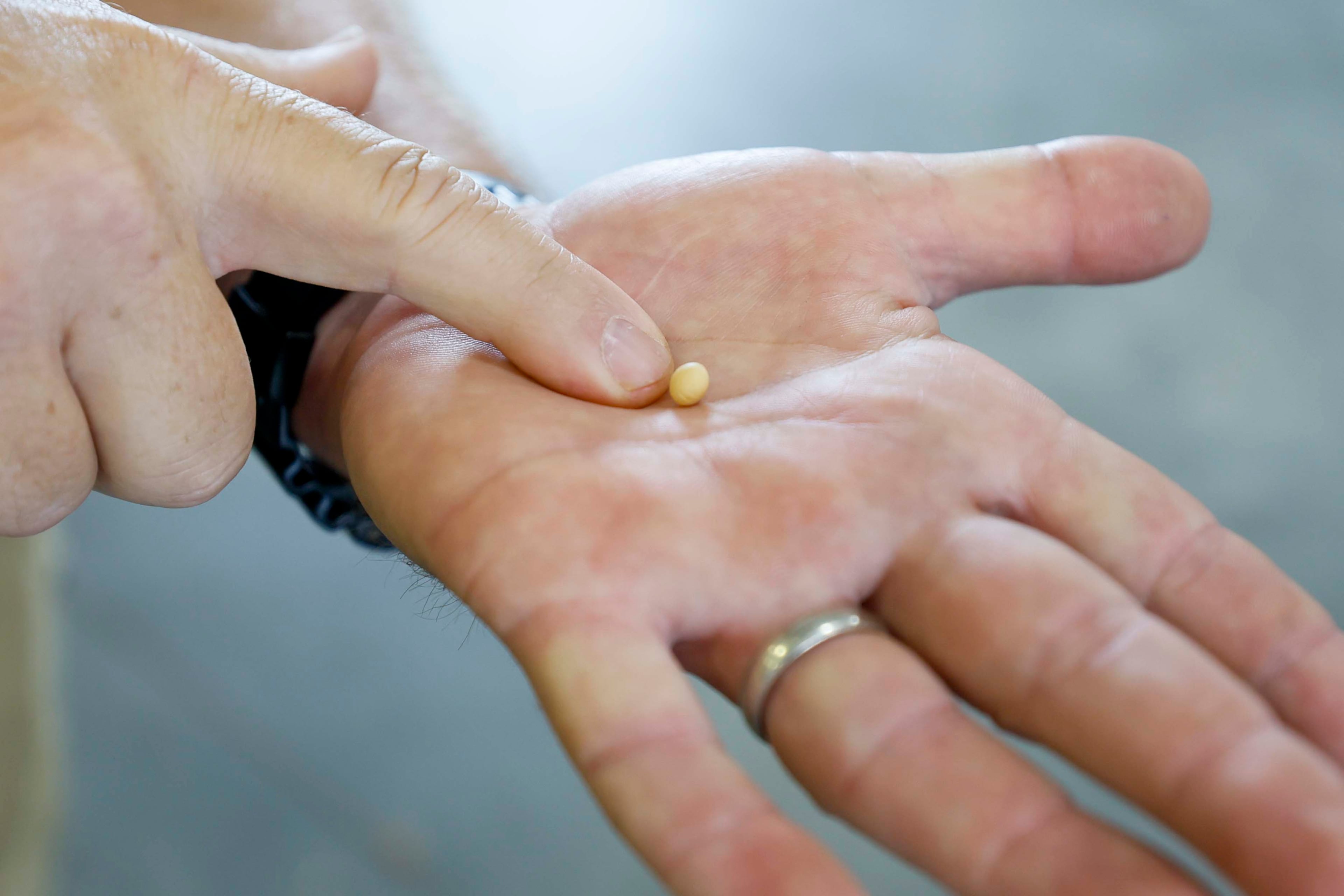
All the while, the tractor affixed with the automatic sprayers can be driving itself along a predetermined route, winding through the field’s rows. It allows one operator to supervise several tasks at once, almost turning a tractor into an airplane on autopilot.
“The full autonomous solutions are a pretty crazy thing I didn’t know I would see in my lifetime,” Kelley said. “But it’s definitely here.”
It also lowers the barrier to entry for farm equipment operators at a time when agriculture operations are struggling to find the seasonal staffing they need.
“Everybody knows the labor situation right now,” Kelley said. “To be able to take a guy that may not be an experienced tractor driver and make him look like he’s experienced … I mean, I could have y’all (planting) a row today with complete confidence.”
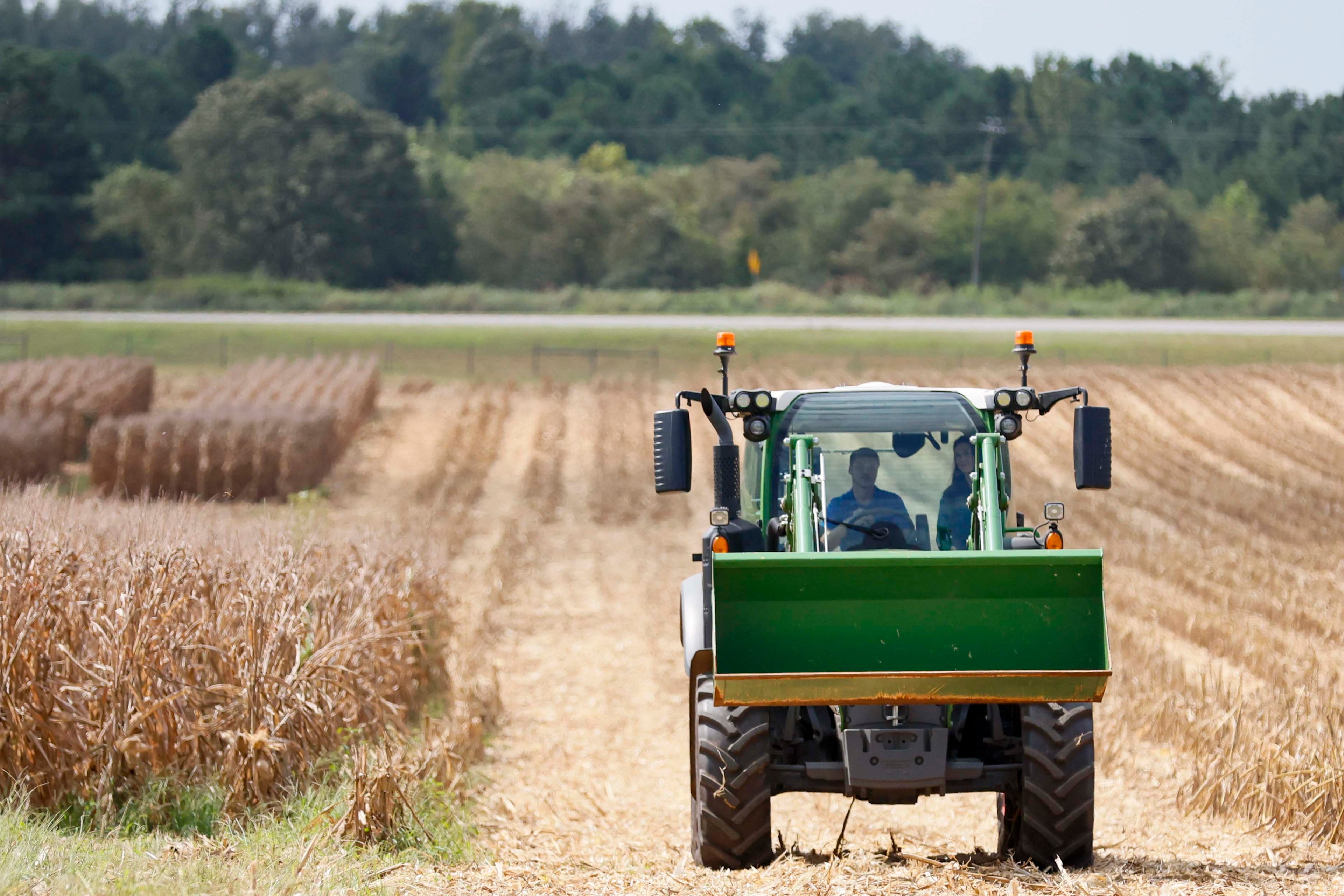
Increasing yield
Efficient planting is meaningless without a successful harvest.
Commodity farmers specialize in a handful of staple crops that find their value through scale. Raw products like cotton and peanuts are big business in Georgia in addition to the state’s nation-leading poultry sector.
The prices of many commodities have been stagnant in recent years, making it vital to get as much yield as possible out of every season, Sunderman of PTx Trimble said.
“Maybe every plant needs to be treated a little bit differently,” he said. “Through our sensors, through our cameras, we’re actually able to look at each plant as either a profit center or a cost center.”
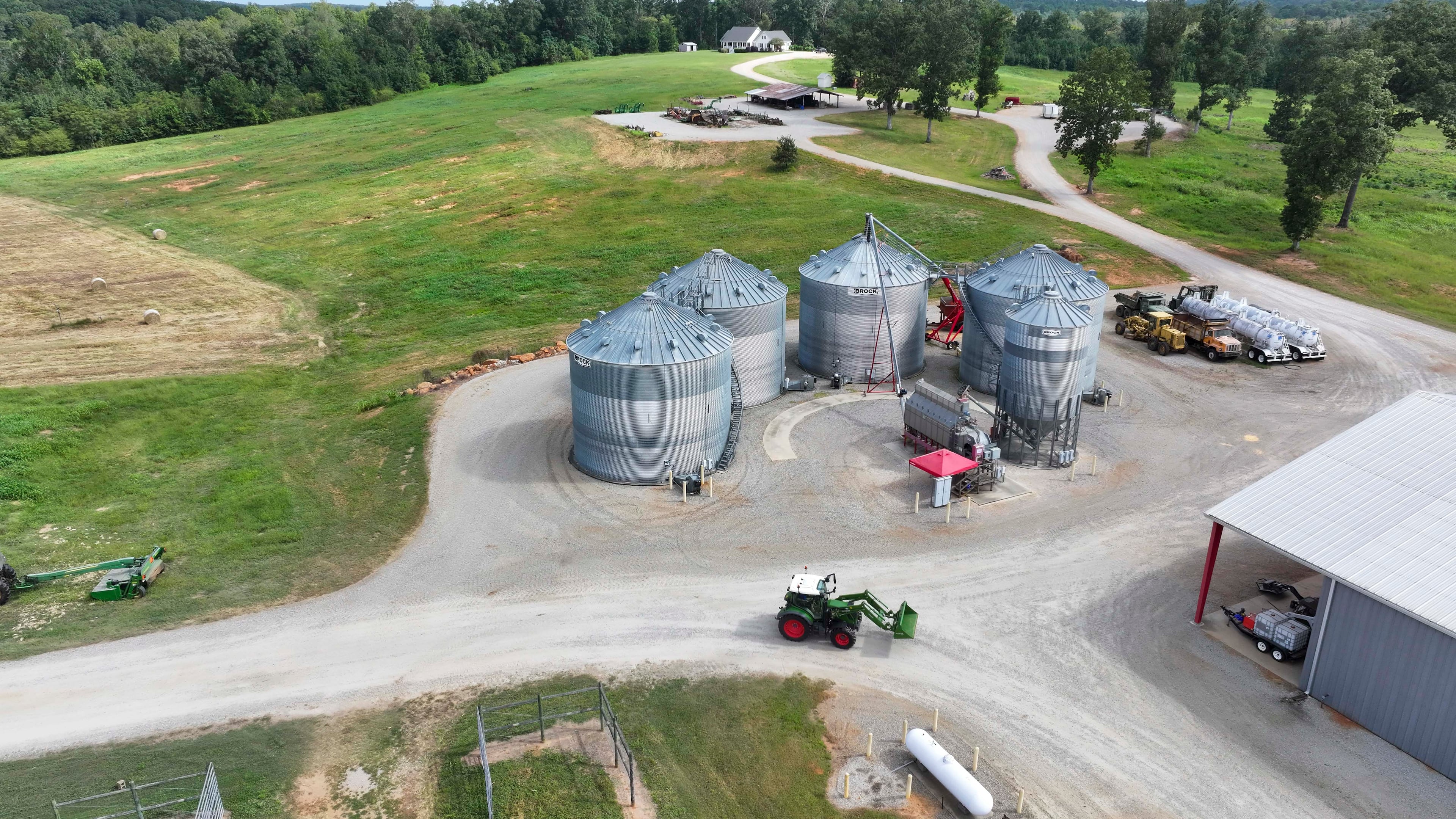
AGCO has two subsidiary tractor brands, Fendt and Massey Ferguson. Fendt features the company’s highest-end machines, while Massey Ferguson is meant to be more accessible at lower prices and compete with products by John Deere, the world’s largest tractor manufacturer.
Hansotia, AGCO’s chief executive, said machines by many brands are capable of working for decades, estimating the average tractor’s life span is 17 years.
“For 17 years, if the machine is still productive, technology is moving much, much faster than that,” he said. “And that’s why we’re such a believer in this retrofit strategy.”
AGCO has invested $2.3 billion into the PTx portfolio since announcing the effort two years ago. Hansotia said that’s the largest such investment ever made in precision agriculture. He expects it to pay large dividends for his company.
It’s also an initiative moving forward amid the fog of tariffs and trade wars, which have prompted many companies to pause their investment plans to wait for economic clarity.
AGCO has a global footprint, especially in Europe and South America, which have been subject to several tariff rate changes by President Donald Trump. Framework deals like those struck with the European Union to set tariffs at 15% on most goods provide some clarity but are far from a binding agreement, Hansotia said.
“In business, you know that what you agree to in a term sheet sometimes differs from what ends up being in the contract,” he said.
Despite that, AGCO views North America as its largest market for potential growth. Catering to the evolving needs of farmers, both in Georgia and across the country, are vital to achieving those goals, Hansotia said.
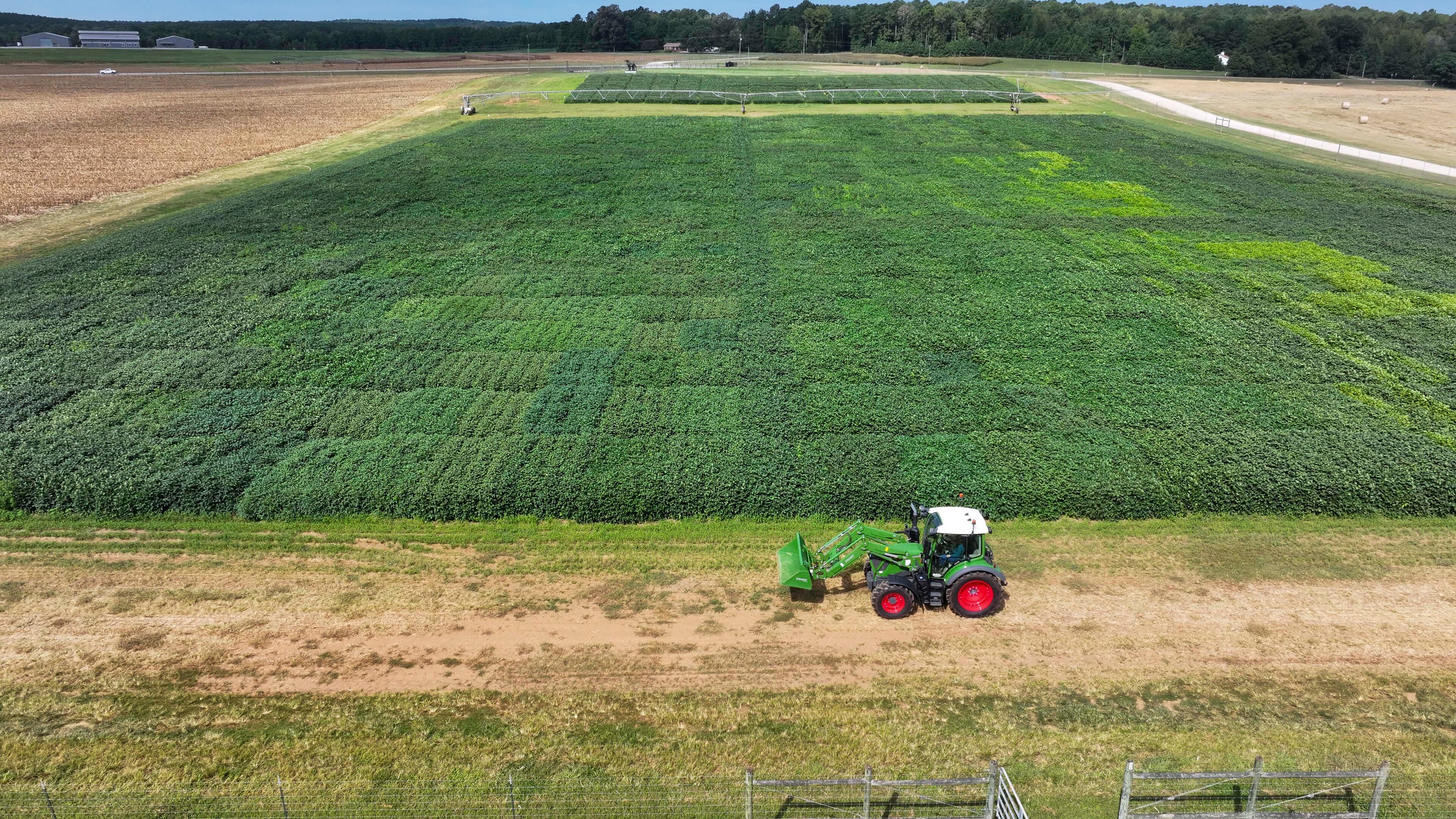
Austin Malcom, senior agricultural specialist for UGA, works daily to test the efficiency of crop harvesters and other equipment in Watkinsville to see what Georgia farmers should implement.
While maneuvering a crop harvester through corn rows to collect cobs, his eyes were mostly glued to monitor screens visualizing yield data in real time. He said it’s the kind of data that would have made his parents’ lives easier on their farm in Social Circle, a small town an hour east of Atlanta.
“Back home, we had older equipment for a long time,” he said. “Without the yield monitor and without precision, it was guesswork.”



